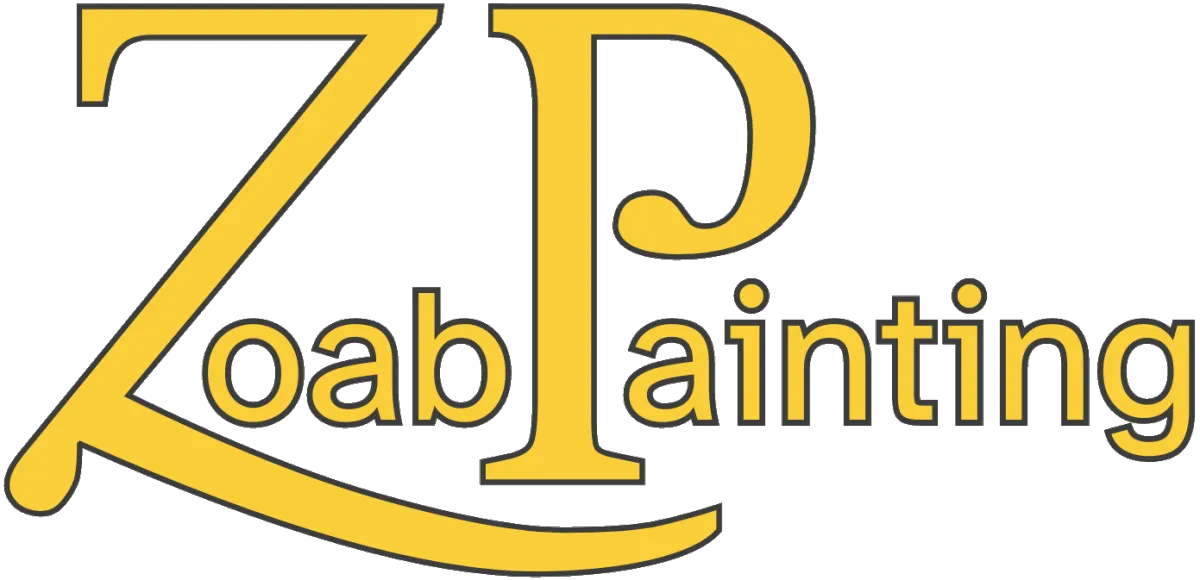
Thinking About DIY? Answering Common Questions
“Painting your home can be a rewarding DIY project with the right preparation and knowledge.”
Introduction:
Painting your home, whether interior or exterior, can be a transformative project that breathes new life into your space. However, it often comes with a myriad of questions. In this article, we'll cover the most common questions people have about house painting to help you achieve the best results.
Here are 10 Questions we get all the time from others looking to looking to DIY.
What Type of Paint Should I Use?
Choosing the right type of paint is crucial for a successful project. For interior painting, latex (water-based) paints are the most popular choice due to their low levels of volatile organic compounds (VOCs), easy cleanup with water, and fast drying times. They are durable and suitable for most interior walls and ceilings.
For exterior painting, acrylic paints are often preferred because they are more resistant to weather conditions, including rain, sunlight, and temperature changes. They adhere well to a variety of surfaces and are flexible, which helps prevent cracking as the exterior of your home expands and contracts.
How Do I Choose the Right Color?
Selecting the right color can be daunting given the endless options available. Here are a few tips to help you decide:
Consider the Room’s Purpose: Different colors evoke different moods. For instance, calming colors like blues and greens are great for bedrooms, while vibrant colors like reds and yellows can energize a kitchen or living room.
Test in Different Lighting: Paint colors can look drastically different under natural light versus artificial light. Apply samples on the wall and observe how they change throughout the day.
Complement Your Decor: Ensure the paint color complements your furniture, flooring, and other décor elements.
Use Color Theory: Colors next to each other on the color wheel (analogous colors) create harmonious looks, while colors opposite each other (complementary colors) provide a vibrant contrast.
How Much Paint Will I Need?
To avoid running out of paint mid-project, it's essential to estimate the right amount. Start by measuring the square footage of the area you plan to paint. For walls, multiply the length by the height of each wall and add the total square footage together. Don’t forget to subtract the areas of windows and doors.
Most paint cans provide coverage estimates. Typically, one gallon of paint covers about 350-400 square feet. It’s a good idea to buy slightly more than you think you’ll need to account for touch-ups and mistakes.
How Do I Prepare the Surfaces for Painting?
Proper surface preparation is key to achieving a smooth, long-lasting finish. Here’s how to prepare your surfaces:
Clean the Surfaces: Remove any dirt, grease, and dust. For interiors, a simple soap and water solution usually suffices. For exteriors, a power washer can help.
Repair Any Damage: Fill holes and cracks with spackling compound or wood filler. Sand the areas smooth once dried.
Sand Rough Areas: Sanding helps create a smooth surface and improves paint adhesion. Be sure to remove any loose or peeling paint.
Prime the Surface: Priming is particularly important if you're painting over a dark color, new drywall, or a patched area. Primer helps the paint adhere better and improves the final color appearance.
Do I Need a Primer?
and truer color. Primers are especially important in the following scenarios:
Painting over a dark or bright color with a lighter or more neutral shade.
Painting new or repaired drywall.
Painting surfaces that have never been painted before, like bare wood or metal.
There are all-in-one paint and primer products available, but for drastic color changes or problematic surfaces, a separate primer is often more effective.
How Long Does It Take for Paint to Dry?
Drying times can vary based on the type of paint and environmental conditions like humidity and temperature. Generally:
Latex Paints: Dry to the touch in about an hour, but it’s best to wait 3-4 hours before recoating.
Oil-Based Paints: These take longer, usually about 6-8 hours to dry to the touch and 24 hours before recoating.
Keep in mind that these times can be affected by ventilation, temperature, and humidity. Always check the manufacturer’s instructions on the paint can.
What Tools and Equipment Will I Need?
Having the right tools and equipment can make the job easier and yield better results. Here’s a basic list:
Paint Brushes: Angled brushes for cutting in edges and straight brushes for flat surfaces.
Paint Rollers: Ideal for covering large areas quickly. Use different nap lengths depending on the surface texture.
Painter’s Tape: To protect trim, windows, and other areas you don’t want to paint.
Drop Cloths: To protect floors and furniture.
Paint Trays: For loading your roller with paint.
Extension Poles: For reaching high areas without a ladder.
Can I Paint Over Wallpaper?
While it’s possible to paint over wallpaper, it’s generally not recommended. Painting over wallpaper can lead to peeling and poor adhesion, especially if the wallpaper is old or not well-adhered to the wall. The best approach is to remove the wallpaper, properly prepare the wall surface, and then paint.
If removal isn’t an option, ensure the wallpaper is firmly attached, clean, and apply a high-quality primer designed for use over wallpaper before painting.
How Do I Maintain Painted Surface?
Maintaining painted surfaces keeps your walls looking fresh and can prolong the life of the paint job. Here are some maintenance tips:
Regular Cleaning: Clean walls regularly with a soft cloth or sponge and a gentle detergent. Avoid abrasive cleaners that can damage the paint.
Touch-Ups: Keep some leftover paint for touch-ups. Address nicks and scratches promptly to prevent peeling.
Avoid Moisture: In areas prone to moisture, like bathrooms and kitchens, ensure proper ventilation to prevent mold and mildew.
What Should I Do if I Encounter Problems During Painting?
Common issues like streaks, bubbles, or peeling paint can often be addressed with a few troubleshooting steps:
Streaks or Uneven Coverage: Ensure you’re using enough paint on your brush or roller and applying it evenly. Multiple thin coats are better than one thick coat.
Bubbles: This can result from painting over a dirty or wet surface or applying paint too quickly. Allow each coat to dry thoroughly before applying the next.
Peeling: Peeling can occur if the surface wasn’t properly prepared. Scrape off the peeling paint, sand the area smooth, prime, and repaint.
When in doubt, consulting with a professional painter can provide you with specific solutions and ensure the best outcome for your project.
Conclusion
Painting your home can be a rewarding DIY project with the right preparation and knowledge. By understanding the types of paint, selecting the right colors, estimating paint needs, preparing surfaces, and knowing how to address common issues, you can achieve a professional-looking finish that enhances the beauty and value of your home. Happy painting!
Hopefully this gives you a great starting point to tackle your project. If you are feeling a bit overwhelmed, never fear just give us a call and we take on everything for you. You’re in good hands with Zoab Painting.
Hours
Mon: 8 AM - 7 PM
Tue: 8 AM - 7 PM
Wed: 8 AM - 7 PM
Thu: 8 AM - 7 PM
Fri: 8 AM - 7 PM
Sat: Closed
Sun: Closed
Areas We Love to Serve
Des Moines
Altoona
Ankeny
Bondurant
Carlisle
Clive
Cumming
Grimes
Indianola
Johnston
Norwalk
Norwoodville
Pleasant Hill
Saylorville
Urbandale
Van Meter
Waukee
West Des Moines
Windsor Heights
Website © 2024 Zoab Painting | All images © 2016-2024 Zoab Painting



